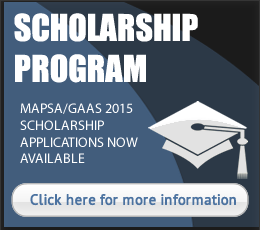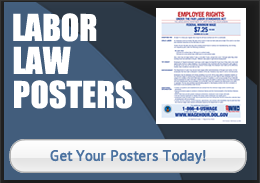Complete Story
04/03/2020
COVID-19 Business Resources: What You Need To Know
Source: aftermarketNews
News of legislative changes related to essential businesses and support for small businesses comes in quickly these days as the nation and states react to the COVID-19 pandemic.
Today we reported that nine automotive trade associations have urged the National Governors Association and Governors of all 50 states to standardize the definition of essential businesses and workers. The groups recommend adoption of the U.S. Department of Homeland Security’s (DHS) March 28 directive, “Guidance on the Essential Critical Infrastructure Workforce: Ensuring Community and National Resilience in COVID-19 Response,” which identifies essential workers and business operations throughout the economy. DHS guidance clarifies that automotive repair, maintenance and transportation equipment manufacturing and distribution facilities are “essential services” that are critical to ensuring the safe and ongoing operations of our nation’s transportation and logistics sector.
Below is a roundup of other recent actions taking place and links to resources.
March 27, New CISA Guidance from Department of Homeland Security
March 26, US Senate Passes 3rd Coronavirus Stimulus Package
March 20, SBA Economic Injury Disaster Loans Available
March 20, Vehicle Service & Repair Considered Essential
From Auto Care Association
| Congress has now provided billions of dollars for small business loans and credits to help employers keep their employees on payroll, even though COVID-19 has had such a devastating impact on cash flow. If your business has 500 or fewer employees, then it will qualify as a small business for the purpose of these loans. The two prominent loans offered to small businesses under COVID-19 relief legislation are the Paycheck Protection Program (PPP) loans and the Economic Injury Disaster Loans (EIDL). Paycheck Protection Program (PPP) If you are a small business going through hardship right now, securing a PPP loan should be your focus. Qualifying entities are eligible for up to 250% of their average monthly payroll cost during the period between Feb. 15, 2020 to June 30, 2020. The loan amount is capped at $10 million. These loan amounts can be used for employee compensation, annual or sick leave, payment of retirement benefits, payroll taxes, and payment of interest on mortgage obligations, rent, utilities, and interest on pre-existing debt obligation. What makes the PPP program particularly advantageous is that your loan may be forgiven by the federal government. The federal government will forgive 8 weeks of covered expenses to help you and your business. For any remaining amount not forgiven, the maximum loan term is 10 years and the maximum interest rate is 4%. It is important to note that the amount of your loan will be reduced if there is a reduction in staff or if you’ve reduced salaries by more than 25%. The good news is this: if you take action before June 30, 2020 to bring those employees back on payroll, and/or restore salaries that had been cut by more than 25%, then you can ensure that you will receive your maximum loan forgiveness. Economic Injury Disaster Loans (EIDL) Prior to the creation of the PPP program, the Coronavirus Preparedness and Response Supplemental Appropriations Act, which was Phase 1 of the virus legislation actions, declared that coronavirus is deemed a “disaster” for eligibility purposes of Economic Injury Disaster Loans (EIDL). EIDL are low-interest loans of up to $2 million that are available to pay for expenses that could have been met had the disaster not occurred. Unlike the PPP loans, EIDL are not restricted to covering expenses for the period of time from Feb. 15 to June 30. Within this program, there is a $10,000 grant that does not have to be repaid, to provide small businesses with quick, much-needed capital. The $10,000 will be disbursed within three days of receiving the EIDL application. You may apply for an EIDL directly with the SBA. It is important to note that this EIDL grant will be taken into consideration when calculating an entity’s PPP loan forgiveness amount. Further, you cannot use two SBA loans for the same purpose. For example, if you use your PPP to cover payroll for the 8-week covered period, you cannot use a different SBA loan product, such as an EIDL, for payroll for those same costs in that period. If an entity has already applied for the EIDL they may convert it into a PPP loan for a limited period of time. Companies can find additional helpful information through the following resources:“The Small Business Owner’s Guide to the CARES Act,” created by the U.S. Senate Committee on Small Business and Entrepreneurship SBA District Office Locator Small Business Development Centers, which provide business counselors to guide you through this uncertain time. Please consult your legal and financial advisors or SBA-approved lenders for detailed information and confirmation of eligibility. |





